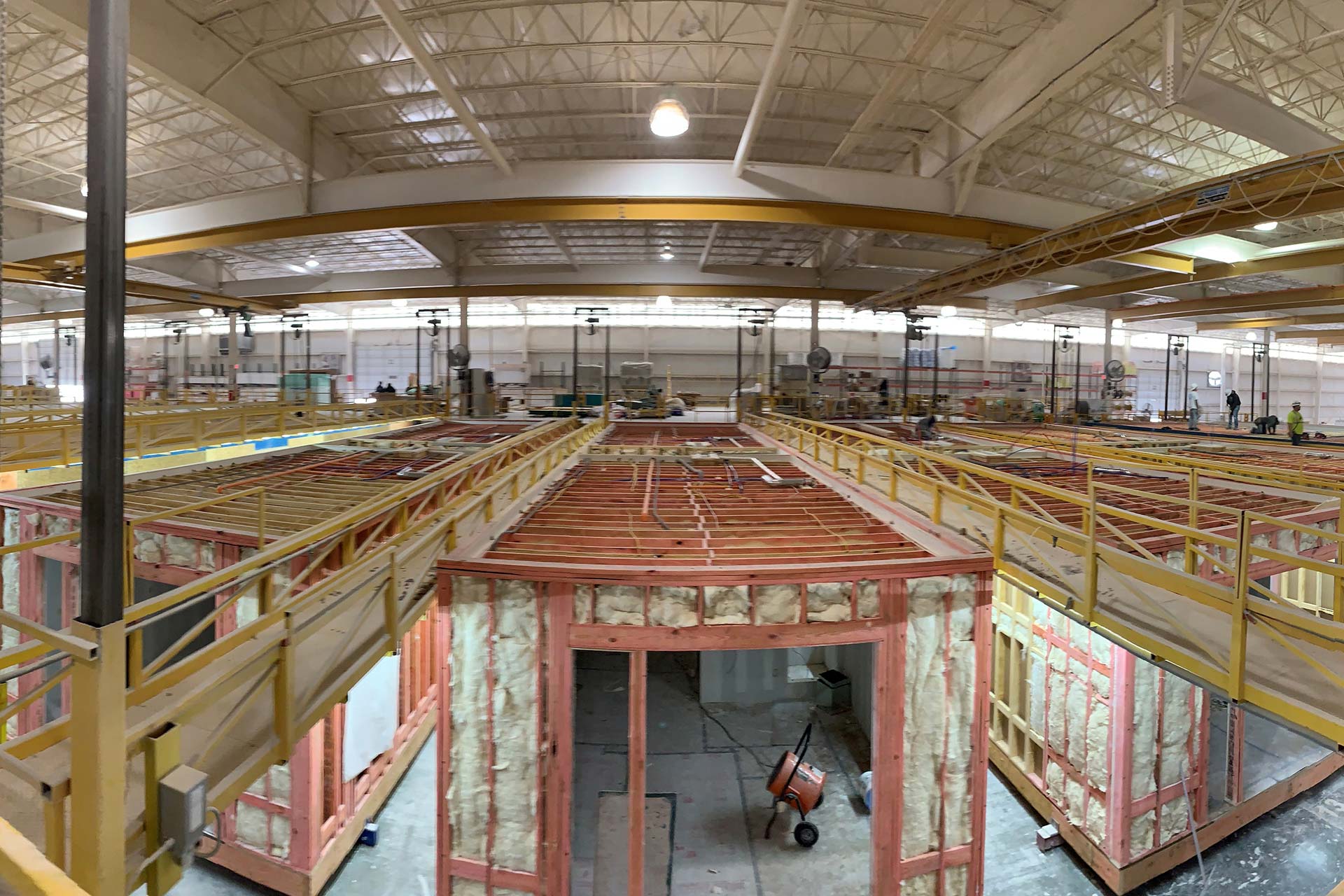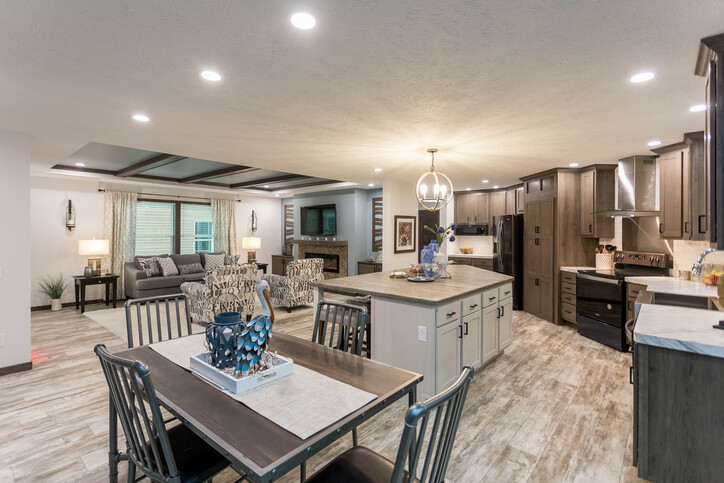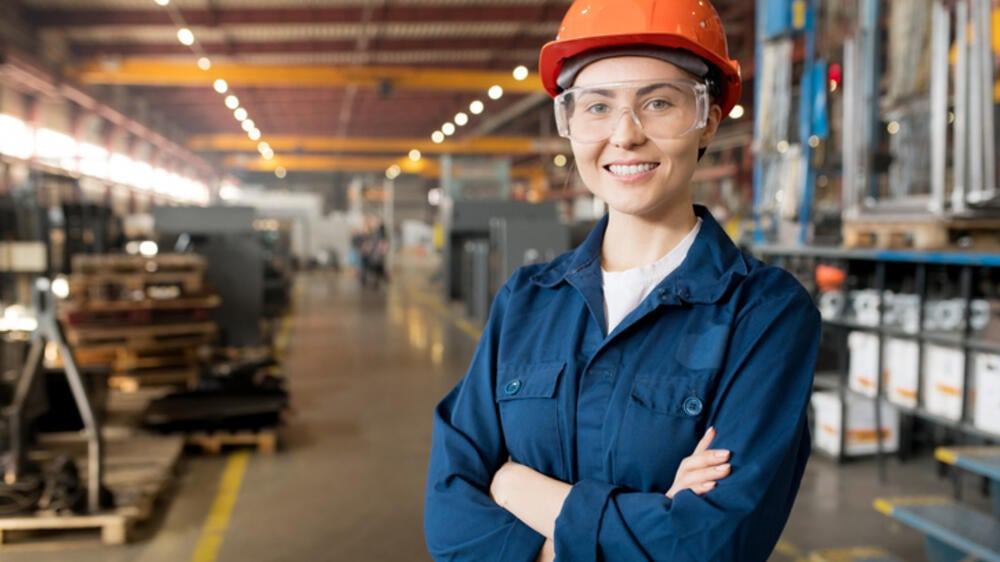By Gary Fleisher:
The year 2024 is approaching, and the manufactured housing industry stands at a critical crossroads. Industry pundits and experts have weighed in on their expectations for the future, with divergent opinions on whether there will be a surge or a continued slowdown in the sector. In this blog post, I’ll explore the key perspectives surrounding manufactured housing in 2024 and delve into the factors that could shape the industry’s trajectory.

all photos – Cavco Industrues
Surge Potential:
Rising Demand:
One compelling argument in favor of a potential surge in manufactured housing construction in 2024 is the expected increase in demand. Industry experts anticipate a surge driven by pent-up demand from first-time homebuyers and millennials entering the market. After years of economic uncertainty, many individuals and families may finally be ready to take the step towards homeownership and HUD manufactured housing. This pent-up demand could lead to a flurry of new manufactured housing projects and communities aimed at meeting this growing need.

Regional Variation:
The outlook for manufactured housing in 2024 is unlikely to be uniform across different regions. Certain areas, especially those experiencing strong job growth and migration patterns, like the Sun Belt, are expected to witness robust construction activity in the manufactured housing sector. Favorable climate conditions and employment opportunities in the Sun Belt, for instance, could contribute to a construction boom, underscoring regional variations within the industry. This growth will require new affordable housing and HUD code manufactured housing is primed to deliver it.
Slowdown Concerns
Mortgage Rates:
One factor that could potentially dampen the anticipated surge in manufactured housing construction is the state of mortgage rates in 2024. A significant increase in interest rates may affect the affordability of manufactured homes and deter potential buyers. Higher mortgage rates could lead to a cooling of buyer enthusiasm, resulting in fewer manufactured housing starts. Thus, the direction of interest rates will be closely monitored as a crucial indicator of the industry’s health.

Inventory Adjustment:
Some experts argue that, before witnessing a significant uptick in new manufactured home construction, the industry needs to address existing inventory levels. Oversupply or underutilized modular and onsite housing properties may need to be absorbed before developers fully commit to new projects and communities. This adjustment period could introduce a sense of equilibrium into the market, potentially slowing down the pace of new construction.
Material Costs:
Another variable that could impact the pace of manufactured housing construction in 2024 is the cost and availability of building materials. Ongoing supply chain disruptions and volatile material prices have been persistent issues in recent years. If these challenges persist, they may hinder construction activity, increase construction costs, and potentially deter developers from embarking on new manufactured housing projects.
Key Trends:
Sustainability:
Sustainability is anticipated to remain a significant trend shaping the manufactured housing industry in 2024. Green building practices, energy-efficient designs, and environmentally friendly materials introduced by HUD for manufactured housing are expected to continue being major priorities for both manufacturers and homebuyers. Sustainable manufacturing aligns with environmental concerns and offers long-term cost savings, making it an appealing choice.

Flexible Floor Plans:
The concept of adaptable spaces and open layouts is poised to gain further prominence in 2024. The COVID-19 pandemic underscored the importance of versatile living spaces that can accommodate changing needs, such as remote work and distance learning. Manufactured homes designed with flexibility in mind are expected to be in high demand.
Outdoor Living:
Expanding outdoor living areas is a trend gaining traction in the manufactured housing industry. Features like decks, porches, and outdoor entertainment spaces are becoming more common as homeowners seek to maximize their outdoor enjoyment. Many of these options can be added in the manufacturing process, saving new home buyers a lot of money. These additions not only enhance the quality of life but also add value to manufactured homes.
Technology Integration:
The integration of advanced technology is transforming manufactured homes. AI-powered smart home systems that offer security, convenience, and energy management are expected to become increasingly prevalent in new manufactured housing projects. Homebuyers are showing a growing interest in homes equipped with the latest technological advancements.
As we look forward to 2024, it’s essential to recognize that these predictions are based on current information and trends. The actual state of the manufactured housing industry in 2024 will depend on various economic, market, and geopolitical factors.
Therefore, it is crucial to stay informed and monitor the latest developments in the manufactured housing market, including CrossMods, for a more accurate assessment as we approach the new year. Regardless of whether there’s a surge or a slowdown, the future of manufactured housing is an industry worth closely observing and participating in.
.



